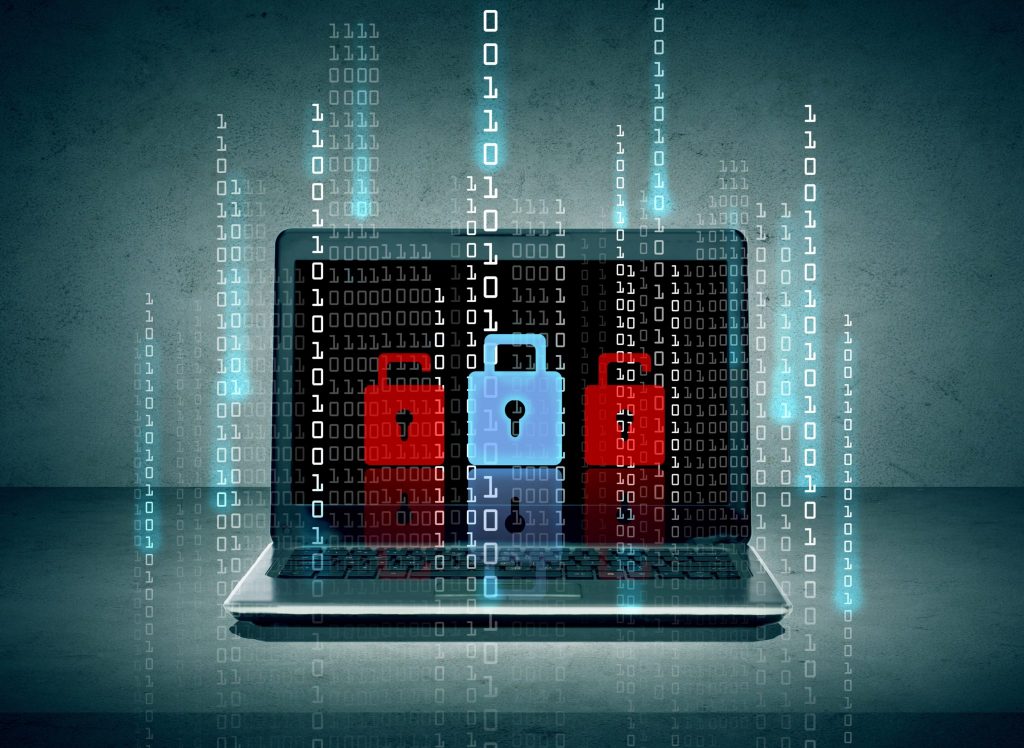What’s New in Windows Server 2003 IPSec (Part 2)
In Part 1 of this two-part article, we took a look at one of the most important new additions to Windows Server 2003’s implementation of IPSec: the new and improved IP Security Monitor. You learned about its new look (MMC console) and increased functionality. In Part 2, we’ll discuss the other improvements that Microsoft has made to IPSec in Windows Server 2003. Many of these are small things, but taken together, they make IPSec more secure and easier for administrators to manage than ever before.
